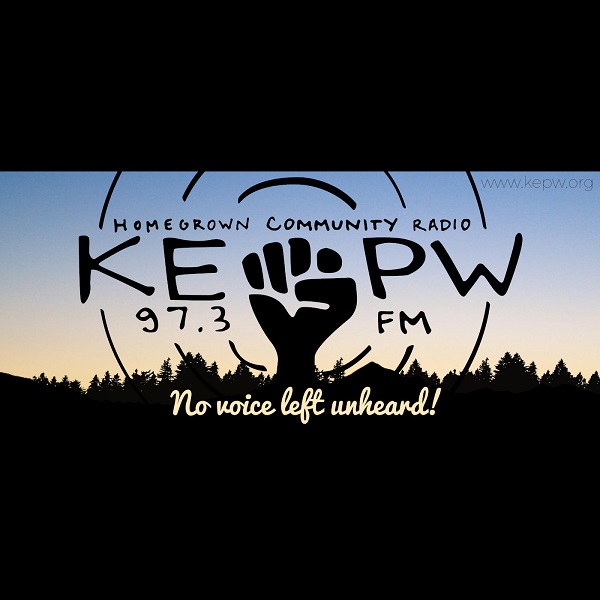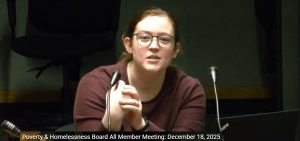Public comment: City should allow buying and selling of R-1 ‘quarter-lots’
3 min read
Todd Boyle: Well, good evening, beautiful people. It’s great to see you all there.
[00:00:03] John Q: Offering public comment to the Eugene planning commission, Todd Boyle.
[00:00:07] Todd Boyle: I’m trying to pursue the possibility that lower income people, for example, the bottom quintile of incomes in Eugene, would be able to own a home someday and the HB 2001 and your work on middle housing code amendments was exemplary and opens up some great possibilities.
[00:00:26] So, what I’m concerned about is we need to ensure that a liquid market emerges quickly—and not in five or 10 years from now—in the child lots, the, you know what, I would like to just call quarter-lots and that these lots will be available so that a homeowner who wants to sell part of their land would know approximately what they could get for it, and that it could be a sold efficiently, and they could get what it’s worth.
[00:00:48] And on the other side of the transaction, just that low-income people who have the resources, many low-income people actually have the resources. In fact, they pay a lot of rent month after month, I would like a market to emerge where they could go on Craigslist or the Multiple Listing Service, and they could see it’s an assortment of child lots that they could buy.
[00:01:06] Now for this to happen, it has to be possible for middle housing land divisions to take place prior to construction. I went to the staff in the past week inquiring about whether this was possible, and they advised me that the construction has to happen before the middle housing land division can take place. And I think that’s not a correct interpretation of the code that I see in 9.8191, I think, and the following sections, but they referred to 8.194, subparagraph 6, which just simply says that a land division has to result in a production of a middle housing type.
[00:01:44] So the reason why this is important is we need to see a certain actor emerge in the market (which is a completely new market) and that actor would buy a property and produce all the paperwork and the surveys necessary for permitted construction of middle housing, without having to build the housing, because then at that point they would be able to sell the properties in fee simple without having to invest very much money.
[00:02:13] You see what I’m driving at here, is, that these lots might emerge at around $50,000, $70,000, something like that. And the individuals who want to construct middle housing would then be able to build with their own resource. And in many cases this would be self-built construction, fully code compliant. You know, there’s nothing under the radar going on here,
[00:02:32] I was able to improve two buildings here for a total of $15,000, including putting on new roofs and completely replacing the service panels and the wiring in the buildings, installing new walls and completely gutting two buildings for $15,000 because I did it myself. And this is one of the scenarios that will result in cheaper middle housing.
[00:02:52] So I think I’d like to see staff, as well as the commission, continue to ask yourself whether you really want to see cheaper middle housing. And also to acknowledge that the developers who buy an R-1 lot and then produce housing on spec, fully union wages and everything, and do everything well, those are never going to be cheap. They’re going to be $200,000 and that’s not going to help the bottom quintile.
[00:03:16] So please consider these other alternative avenues to allow low-income and low-resource people to get ahold of a little piece of land and do their end, and get a little piece of heaven.
[00:03:28] John Q: Todd Boyle encourages buying and selling of unimproved R-1 quarter-lots.
[00:03:32] Todd Boyle: This has been brought to you by Todd Boyle for KEPW.





